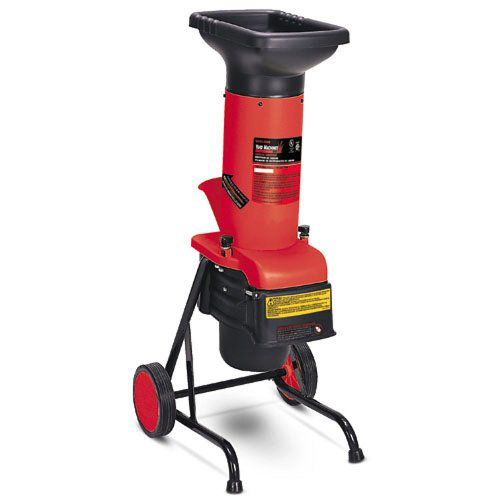It’s a nice sunny September day in Seattle and I’m in my happy place. What better topic to match my mood than mulch?
For those of you not familiar with my fixation on woody mulches, I’ll refer you to an article in MasterGardener Magazine here. Briefly, I am a fan of coarse, chunky organic mulch, particularly arborist wood chips or other chipped material from trees and shrubs.
![]()
Rather than send this material off to the landfill, it’s so much better to use it as a protective layer on top of your landscape soil. It’s a cheap, natural way to protect and nourish your plants, and provides a great habitat for beneficial insects and microorganisms.

Practically speaking, how does one move a mountain of mulch? Shovels don’t work well, and compost forks have too much space between tines. My favorite tool is the mulching fork. It’s relatively lightweight, well balanced, and makes quick work of wood chips.


Sometimes you’ll find twigs in your mulch pile, or might have your own woody prunings that you’d like to use as mulch. My second favorite tool is my electric chipper/shredder. It’s powerful enough to deal with small branches and twigs and helps me create a more uniform mulch. Plus, I reuse my yard waste and keep the nutrients on site rather than throwing them away.
I don’t own stock in either of these products (my faculty salary doesn’t exactly allow me to be an investment tycoon). They’re just a few of my favorite things…


